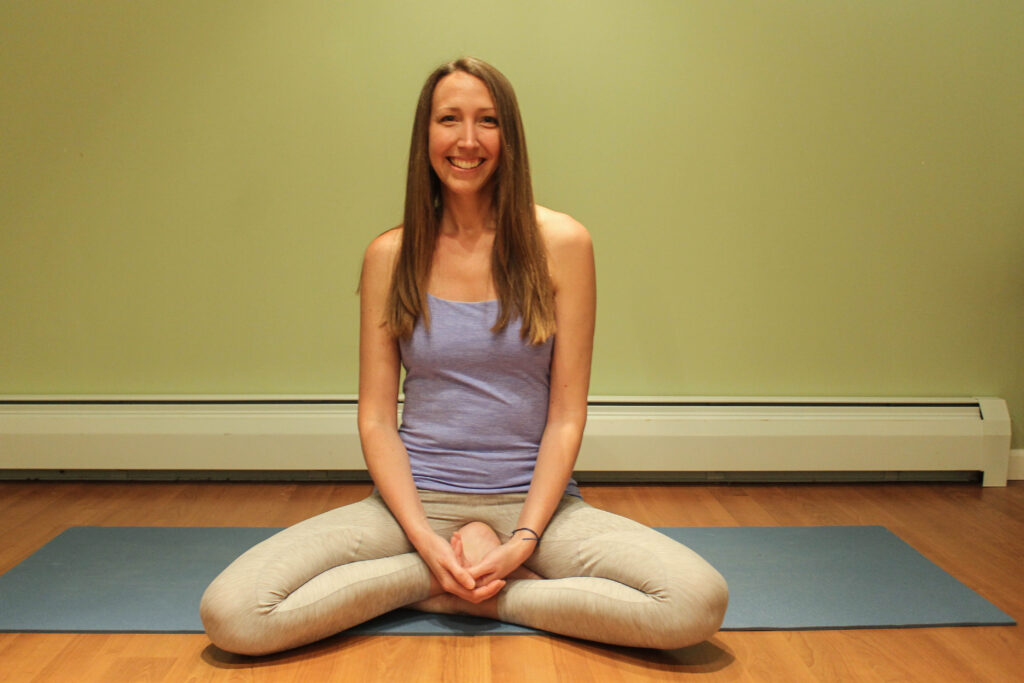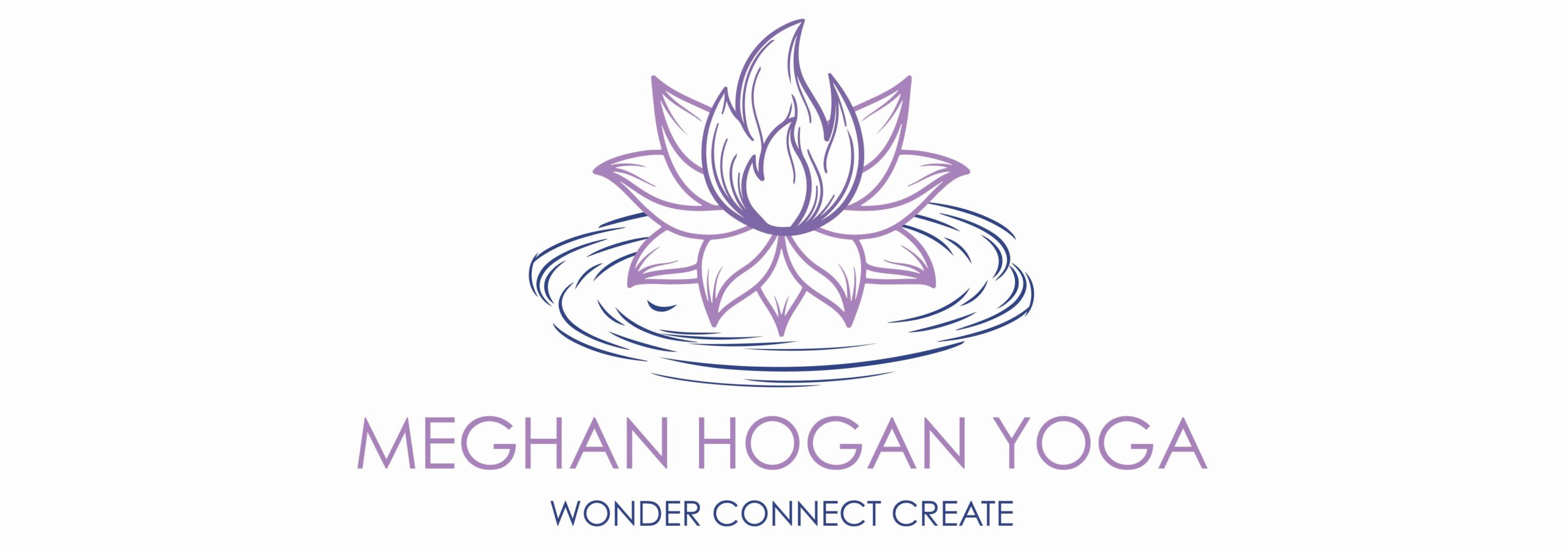The 8 limbs of the yoga sutra are a template for one who is interested in achieving samadhi. The path of practice that leads one to samadhi takes effort, contemplation, dedication and consistency. Ahimsa is said to be the primary restraint (yama) one must master if you are to arrive in samadhi. Non-violence being extended to all beings, at all times, including oneself. Inherent in all yamas is the principle of non-violence.
Satya, the second yama listed in the Yoga Sutras, means truthfulness. Truthfulness to oneself is a challenge that can be overcome and must be tempered with ahimsa. If you’ve practiced yoga for a while, or if you’ve been aware of changes within you as you’ve transformed from childhood to adulthood, you probably have come across some internal deceptions. Sometimes we create twists in our minds to live in a way that we are indoctrinated into that doesn’t align with our inner truth.
We’re taught from a young age to be honest. Authority figures expect honesty from you. It is the kind of practice we get used to but, as we grow and the expectations of what we should be shift, we may move away from that honesty. We are gradually moving toward a society that prioritizes being true to oneself. Balancing the pressure from outside with the drive from within takes time and maturity.
The practice of truthfulness contributes to dispelling avidya. Avidya is translated as ignorance or misperception (Tiguniat, 2.5 p. 36). Avidya is described as an obstacle, referring specifically to the ignorance of your deepest, most subtle essence. We are ignorant of our true nature. We perceive what and who we are as a decaying, finite entity. Because we identify with the temporary we can feel alone, afraid and are often stuck there, our behavior a coping mechanism for dealing with these feelings.
Truth is a practice that invites us to hold the fullness of experience in our awareness without denying parts of ourselves.
Sometimes an honest look at ourselves is something we gladly embrace and sometimes it conjures up resistance or shows us something we’d rather not see. It also may feel unfamiliar to explore our needs, strengths, feelings, habits with honesty if we have had more practice defaulting to something outside ourselves to inform how we should be or what we should do.
Allowing a more sweeping and inclusive view of ourselves and our experience takes us out of the illusion of what should be, could be, or used to be and into presence with what is true now. We can move toward satya by checking in deeply with ourselves to see how we are and what is influencing our thoughts, words and actions. This involves less telling (from your conscious, loud mind) and more listening (an observation of what is quietly insistent within you).
In the absence of these check-ins, which can increase our awareness of internal and external influences that otherwise remain unnoticed, we can find ourselves saying or doing something inauthentic. When you identify with your ego, you may be laboring under the delusion that you know all there is to know about your inner world, and spend time telling yourself what you are feeling is wrong, overblown, or always right, despite evidence to the contrary. This can feel like a betrayal of self that distances us from ourselves.

The practice of satya brings us home when we are feeling separate from ourselves.
As we commit to the process of understanding how we are (hurt, joyful, resentful, exhausted, grateful, multiple ways at once) and from where we are moving (truth, clarity, disconnection, deception) we build self knowledge and discernment. Each time we speak or act in alignment with our innermost knowing, we build trust in ourselves. As this occurs, we are less likely to outsource our decision making. We become more willing and capable of taking responsibility for communicating (through words, behavior, presence) honestly, which is at the core of building trusting relationships with others.
“With establishment in honesty the state of fearlessness comes.”
Satchidananda 2.36 p. 131
It is possible that this moment to moment awareness of what is true now will open inquiry into the nature of a more enduring and unchanging truth. For me, that truth resonates as: I am Life and my thoughts, words and actions are an offering to this life. It is worthwhile then, to know myself as well as I can and to be sincere in my offerings.
There is a body mind check-in practice on page 66 of this article by Bo Forbes that you might try if this piece has piqued your curiosity about moving closer to yourself and aligning with truth through the process of self inquiry.
Citations:
Tigunait, Rajmani. The Practice of the Yoga Sutra – Sadhana Pada. Honesdale, The Himalayan International Institute of Yoga Science and Philosophy. 2017.
Satchidananda. The Yoga Sutras of Patanjali. Integral Yoga Publications. 1990.

- Meghan Hogan, E-RYT 500, CCC-SLP is Lead Faculty for the Yoga Vidya Teacher Training and In-Depth Studies program, a Speech-Language Pathologist supporting preschool children with disabilities and their families, a wife and mother. Her mission in sharing yoga is to provide caregivers of all walks of life tools for self-care and stress management.

